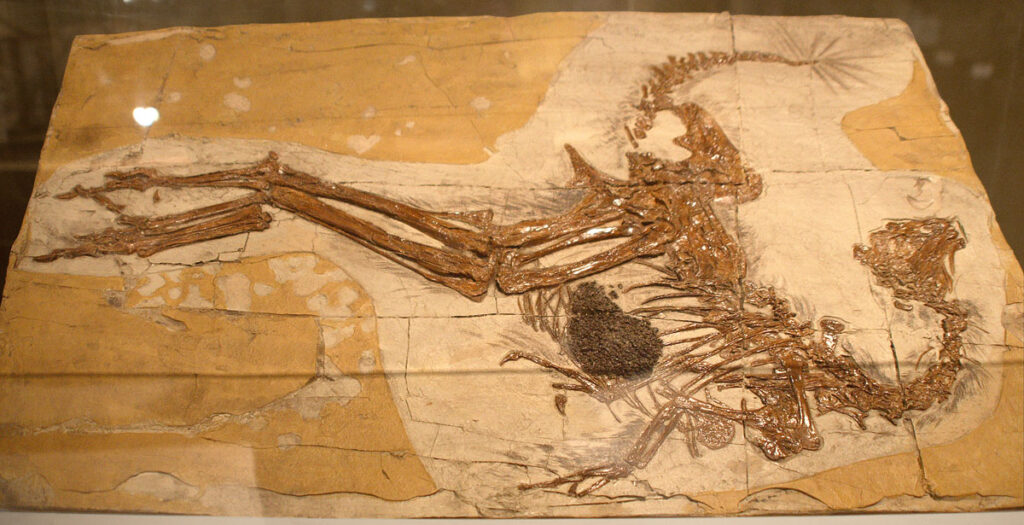Unlocking the secrets of dinosaur behavior is like assembling a complex puzzle with many missing pieces. Paleontologists face the remarkable challenge of understanding how creatures behaved millions of years ago, with only their fossilized remains as evidence. Despite these limitations, scientific ingenuity and advancing technology have enabled researchers to develop sophisticated techniques for interpreting dinosaur behavior from the fossil record. From their hunting strategies to social interactions, nesting habits to migration patterns, paleontologists are gradually painting a more complete picture of how these magnificent animals lived, moved, and interacted with their environment.
Trace Fossils: Preserved Behavioral Evidence

Unlike body fossils that preserve actual remains, trace fossils record the activities and behaviors of dinosaurs during their lifetimes. These include footprints, trackways, nesting sites, burrows, and even coprolites (fossilized feces). Trackways in particular offer invaluable insights into locomotion, showing whether a dinosaur moved bipedally or quadrupedally, its stride length, speed, and whether it traveled alone or in groups. In exceptional cases, multiple trackways running in parallel directions suggest coordinated movement, potentially indicating herding behavior as seen in the famous Davenport Ranch trackways in Texas, where numerous sauropod footprints move in the same direction. The patterns of these trace fossils often reveal more about dinosaur behavior than the skeletons themselves, capturing moments in time when these ancient creatures were very much alive.
Biomechanical Analysis: Understanding Physical Capabilities

Modern computational methods allow paleontologists to simulate how dinosaur bodies functioned, providing clues about their behavior. Using 3D models based on fossil remains, scientists can calculate muscle attachment points, joint mobility, center of gravity, and potential speed and agility. These biomechanical studies help determine whether a dinosaur was built for pursuit predation, ambush hunting, or herbivorous browsing. For example, analysis of Tyrannosaurus rex’s biomechanics has sparked debate about whether it was primarily a hunter or scavenger, with studies suggesting its massive body would have limited its running speed to approximately 12-17 mph, slower than many potential prey animals. Similarly, studies of hadrosaur teeth and jaw mechanics reveal complex chewing motions that indicate sophisticated plant-processing behaviors, suggesting how these dinosaurs exploited specific vegetational resources unavailable to other herbivores of their time.
Growth Rings and Histology: Life History Patterns
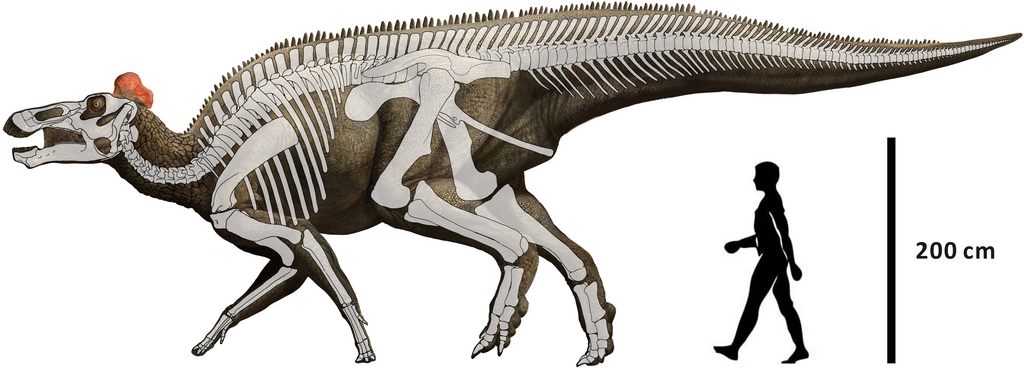
By studying dinosaur bones at the microscopic level, paleontologists can determine growth patterns that reveal behavioral information. Much like tree rings, many dinosaur bones contain growth lines that form annually, allowing scientists to determine age, growth rate, and when an individual reached sexual maturity. These factors provide insights into life history strategies and potentially social behaviors. For instance, histological studies of Maiasaura bones suggest that these duck-billed dinosaurs grew rapidly in their first year of life, indicating significant parental care similar to modern birds. In tyrannosaurs, growth studies reveal a dramatic growth spurt during teenage years, followed by significantly slower growth as adults, suggesting a shift in behavior as they matured from relatively fast, agile juveniles to more robust but slower adults. These patterns help scientists understand how dinosaur behaviors may have changed throughout different life stages.
Comparative Anatomy: Clues from Physical Structures
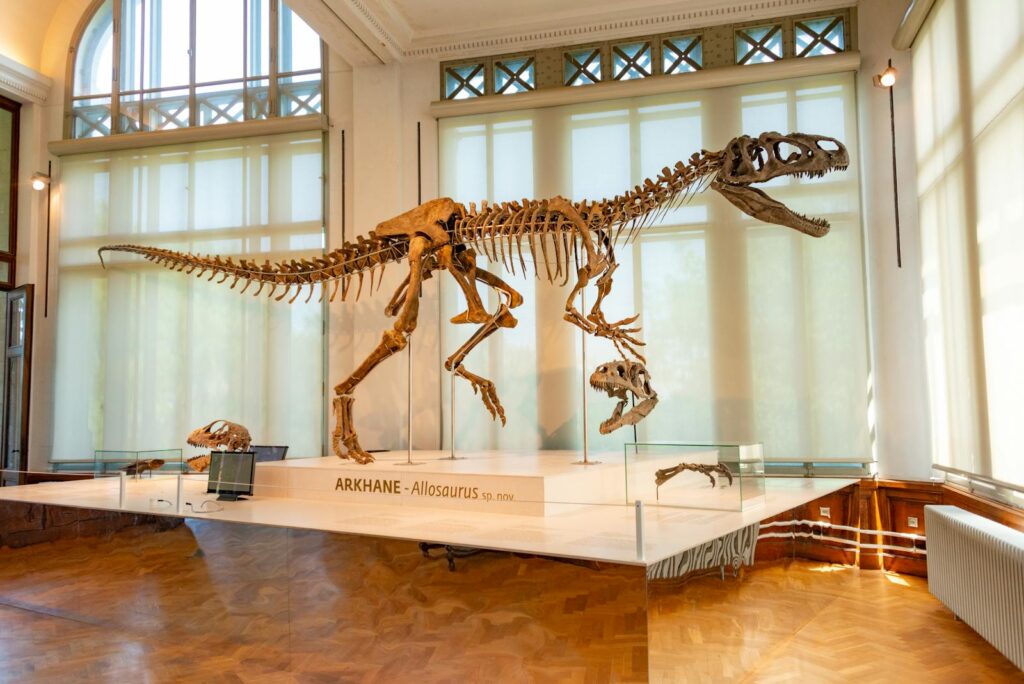
The anatomy of fossilized dinosaurs provides substantial behavioral information when compared with modern animals. Features such as eye socket position can indicate whether an animal was predator or prey, while specialized limb structures might suggest climbing, digging, or swimming behaviors. Dental adaptations are particularly revealing about diet and feeding behaviors. The serrated, knife-like teeth of dromaeosaurids (like Velociraptor) suggest they were active predators that sliced through flesh, while the thimble-shaped teeth of sauropods were perfect for stripping vegetation but not for chewing, indicating they likely swallowed food whole. Perhaps most tellingly, the hollow crest of lambeosaurine hadrosaurs like Parasaurolophus contained elaborate nasal passages that likely functioned as resonating chambers for producing distinctive calls, suggesting complex vocalization behaviors important for species recognition or social communication within herds.
Fossil Assemblages: Social Behavior Evidence
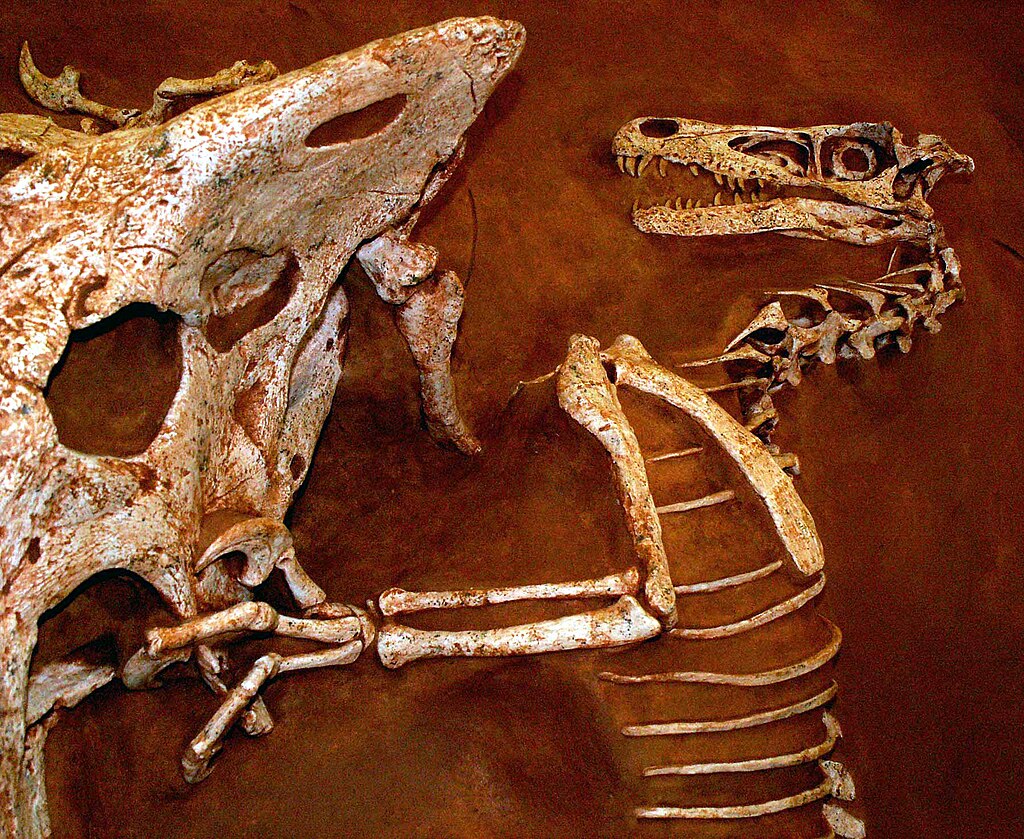
When multiple individuals of the same species are found fossilized together, paleontologists can infer potential social behaviors. These mass death assemblages sometimes represent natural disasters that captured dinosaur social groups in their final moments. The most compelling evidence comes from monospecific bone beds containing different growth stages, suggesting family groups or herds with complex social structures. The famous “Fighting Dinosaurs” specimen of a Velociraptor and Protoceratops preserved in combat positions provides direct evidence of predator-prey interactions. Even more revealing are sites like the Cleveland-Lloyd Dinosaur Quarry in Utah, which has yielded over 12,000 bones predominantly from Allosaurus individuals. The unusual preponderance of predators at this site has led to theories about pack hunting or scavenging behaviors, where multiple predators may have become trapped while feeding on carcasses in a predator trap scenario.
Nesting Sites: Reproductive Behaviors
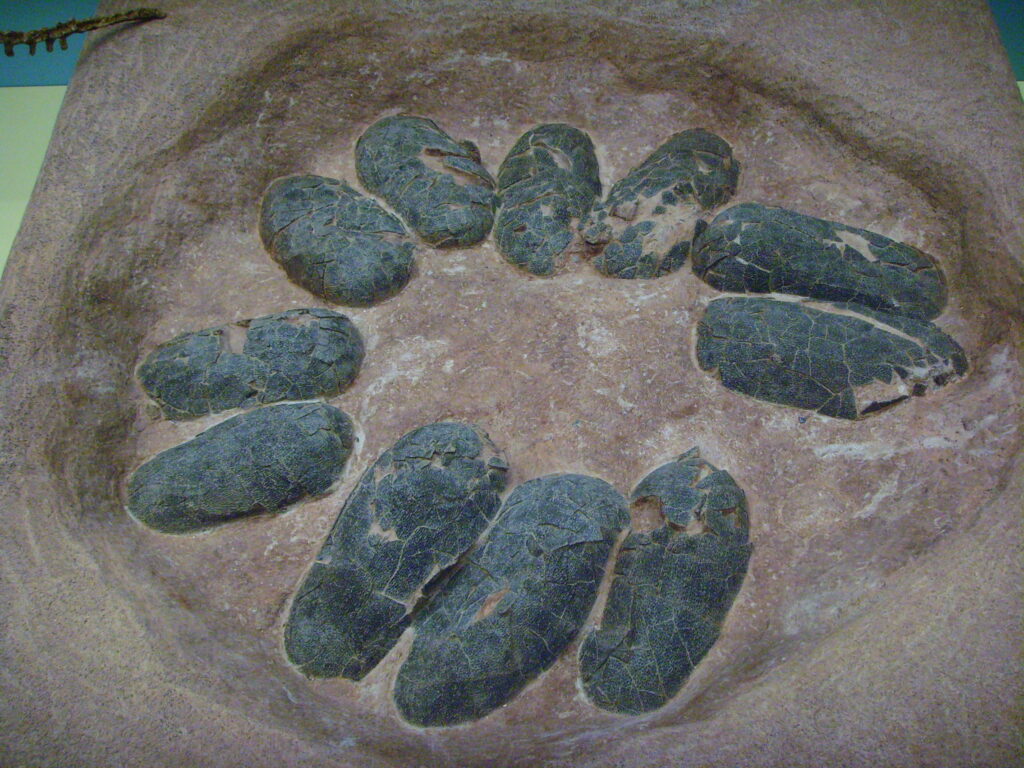
Fossilized nests, eggs, and embryos provide direct evidence of dinosaur reproductive behaviors. The clustering of nests at sites like Egg Mountain in Montana suggests colonial nesting, similar to many modern birds. In some cases, adult remains have been found in positions consistent with brooding behavior, suggesting parental care. The discovery of Oviraptor specimens positioned directly over clutches of eggs initially led to the incorrect assumption that they were stealing eggs (hence the name “egg thief”), but later findings revealed they were parents protecting their nests. Perhaps the most spectacular nesting evidence comes from Argentina’s Auca Mahuevo site, where thousands of sauropod eggs containing embryos were laid in a pattern suggesting these massive dinosaurs returned to specific nesting grounds seasonally. The organization of these nesting sites implies complex reproductive strategies and possibly extended parental care in some dinosaur species.
Pathology: Injuries and Disease as Behavioral Indicators

Healed injuries and diseases preserved in fossils can reveal behaviors that dinosaurs engaged in during life. Bite marks, broken bones, and other traumas that show signs of healing indicate that the animal survived the injury and continued living afterward. For example, multiple Tyrannosaurus specimens show healed facial injuries consistent with biting each other, suggesting aggressive intraspecific competition or face-biting behaviors during mating. The famous Allosaurus specimen “Big Al” displays numerous healed injuries, including broken ribs and a foot infection, indicating that this predator continued hunting despite significant disabilities. Perhaps most enlightening are stress fractures found in the foot bones of some ornithomimids, which resemble injuries seen in modern birds that spend considerable time running, supporting hypotheses about their cursorial lifestyle. These pathological markers provide rare glimpses into the actual lived experiences of specific dinosaur individuals.
Geographic Distribution: Migration and Range Behaviors

The distribution of fossils across ancient landscapes can reveal migration patterns and habitat preferences. By mapping where certain species’ fossils are found about ancient geographic features and climate zones, paleontologists can determine if dinosaurs migrated seasonally or remained in specific territories. Recent studies of isotope values in hadrosaur teeth from the Late Cretaceous of Alberta suggest some dinosaurs may have undertaken seasonal migrations of hundreds of kilometers between coastal and inland environments. Similarly, the wide geographic distribution of some dinosaur species, such as Alamosaurus (found across much of western North America), indicates these animals had extensive ranges and potentially migratory behaviors. In contrast, the limited distribution of other species, like many island-dwelling dinosaurs that exhibit dwarfism, suggests restricted ranges and the behavioral adaptations that accompany isolated populations.
Computer Modeling and Simulation

Advanced computational techniques now allow paleontologists to test behavioral hypotheses through simulation. Agent-based models can simulate multiple dinosaur individuals interacting according to programmed behavioral rules, with results compared against fossil evidence to test their plausibility. For example, computational fluid dynamics has been used to model how the elaborate head crests of hadrosaurs like Parasaurolophus might have produced sounds, suggesting specific vocalization behaviors. Other models have simulated the biophysics of gigantic sauropods to determine their thermoregulatory challenges, suggesting behavioral adaptations like seeking shade or water to cool their massive bodies during hot periods. Perhaps most impressively, biomechanical models have been used to test the hunting capabilities of predators like Velociraptor, demonstrating that their sickle-shaped toe claws would have been most effective for pinning down prey rather than slashing, fundamentally changing our understanding of how these animals hunted.
Isotope Analysis: Diet and Migration Patterns

Chemical analyses of fossil bones and teeth can reveal what dinosaurs ate and where they lived during different stages of their lives. Stable isotope ratios of carbon, oxygen, and other elements preserved in fossil tissues provide evidence of diet, water sources, and movement patterns. Carbon isotopes can distinguish between animals that consumed plants using different photosynthetic pathways (C3 vs. C4 plants), revealing detailed dietary preferences. Oxygen isotopes, which vary with temperature and rainfall patterns, can indicate whether an animal moved between different climatic regions throughout its life. A groundbreaking study of Brachylophosaurus canadensis teeth revealed seasonal variations in oxygen isotope values, suggesting this hadrosaur may have undertaken annual migrations. Similarly, strontium isotope analysis of the teeth of various dinosaur species has shown that some individuals moved considerable distances during their lifetimes, while others remained within relatively limited geographic areas.
Exceptional Preservation: Soft Tissues and Internal Structures
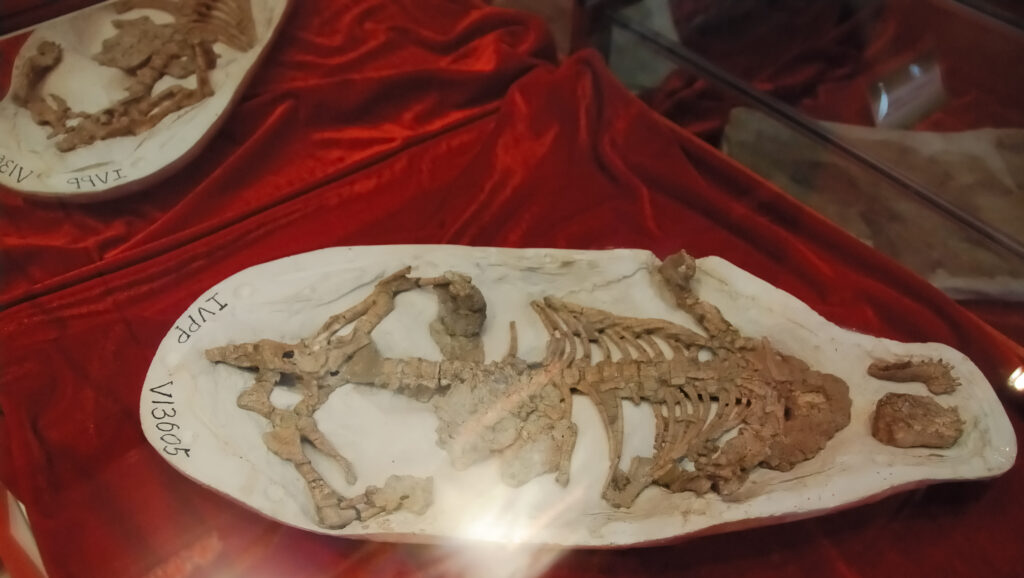
Extraordinarily preserved fossils occasionally retain evidence of soft tissues or internal structures that provide unique behavioral insights. Stomach contents, when preserved, offer direct evidence of an animal’s last meal and feeding behavior. The famous Scipionyx specimen, a juvenile theropod from Italy, preserved internal organs, including the intestinal tract, showing the actual digestive process frozen in time. In China’s Liaoning Province, exceptionally preserved specimens often include feathers and soft tissues, revealing not only appearance but potential thermoregulatory behaviors and even coloration that might have been used for display or camouflage. Perhaps most remarkable is the preservation of a Psittacosaurus with a cloacal opening, giving clues about mating behaviors, and another specimen with what appears to be a pigmented pattern that likely provided camouflage in forested environments, directly informing our understanding of how these animals interacted with their surroundings.
Evolutionary Context: Phylogenetic Bracketing
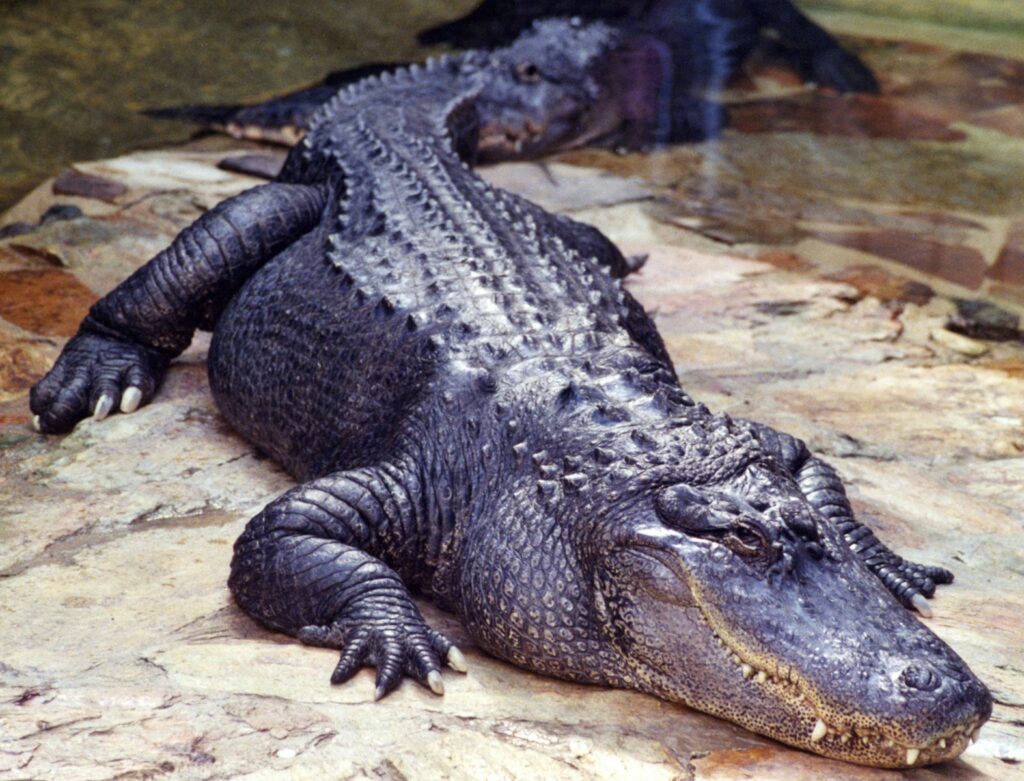
When direct evidence is limited, paleontologists employ the principle of phylogenetic bracketing to make educated inferences about dinosaur behavior. This method examines the behaviors of dinosaurs’ closest living relatives—birds and crocodilians—to establish likely behavioral patterns for their extinct relatives. If both modern birds and crocodilians share a particular behavior, such as nest guarding, it’s reasonable to infer that their common ancestor (and potentially dinosaurs) exhibited similar behaviors. This approach has been particularly valuable for understanding parental care in dinosaurs, suggesting that many species likely protected their nests and possibly fed their young. The discovery of brooding behaviors in oviraptorid dinosaurs has confirmed predictions based on phylogenetic bracketing, as these behaviors align with those observed in modern birds. While this method has limitations, it provides a framework for generating testable hypotheses about behaviors that might not be directly preserved in the fossil record.
Integrating Multiple Lines of Evidence

The most compelling interpretations of dinosaur behavior come from combining multiple lines of evidence. For instance, our understanding of Maiasaura as a caring parent derives from a constellation of evidence: nesting colonies, eggs with embryos, nestlings with undeveloped leg bones but well-developed arm and skull bones (suggesting they were nest-bound and fed by parents), and nearby adult remains. Similarly, the hunting behavior of dromaeosaurids like Deinonychus has been reconstructed by integrating evidence from anatomical adaptations (sickle claws, binocular vision), biomechanical analyses of potential killing techniques, association of multiple individuals with single prey specimens, and comparison with modern pack-hunting predators. By constructing these behavioral interpretations from diverse, independent lines of evidence, paleontologists strengthen their conclusions and develop a more complete understanding of how dinosaurs lived. This holistic approach acknowledges that while individual fossil findings might support multiple interpretations, the convergence of multiple lines of evidence often points toward specific behavioral patterns with greater confidence.
Conclusion
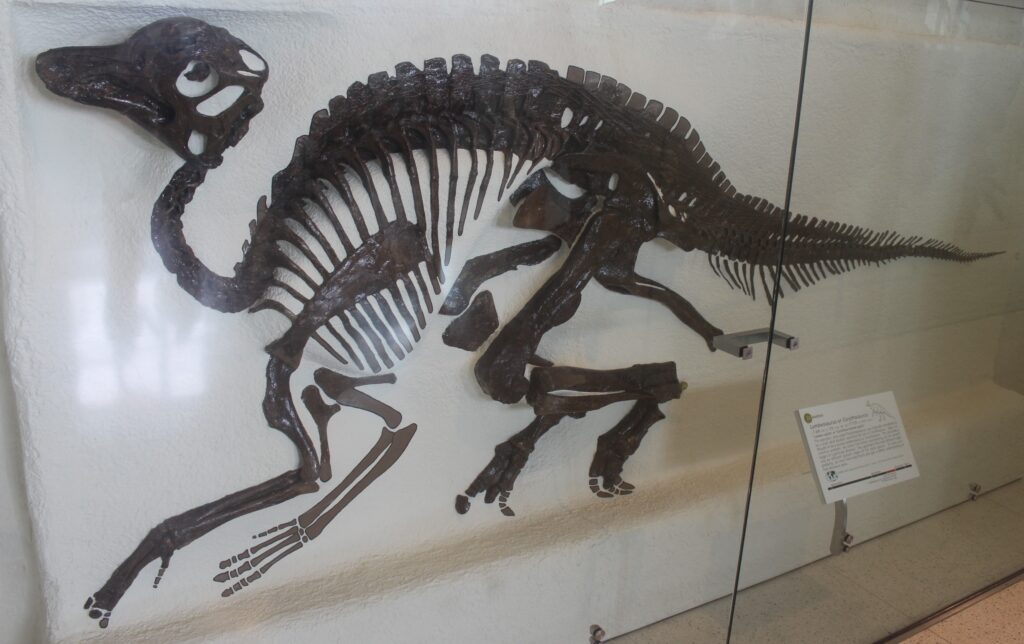
The study of dinosaur behavior from fossils represents one of paleontology’s greatest challenges and most rewarding frontiers. By employing an increasingly sophisticated toolkit of analytical techniques—from traditional comparative anatomy to cutting-edge computer simulations and chemical analyses—scientists continue to extract remarkable behavioral information from fossils millions of years old. While uncertainties remain and some behaviors may never be fully understood, the accumulated evidence paints an increasingly vivid picture of dinosaurs not as simple, plodding reptiles but as complex, behaviorally sophisticated animals that dominated terrestrial ecosystems for over 160 million years. As new fossils are discovered and novel analytical techniques developed, our understanding of dinosaur behavior will continue to evolve, offering ever more detailed glimpses into the lives of these extraordinary animals.

